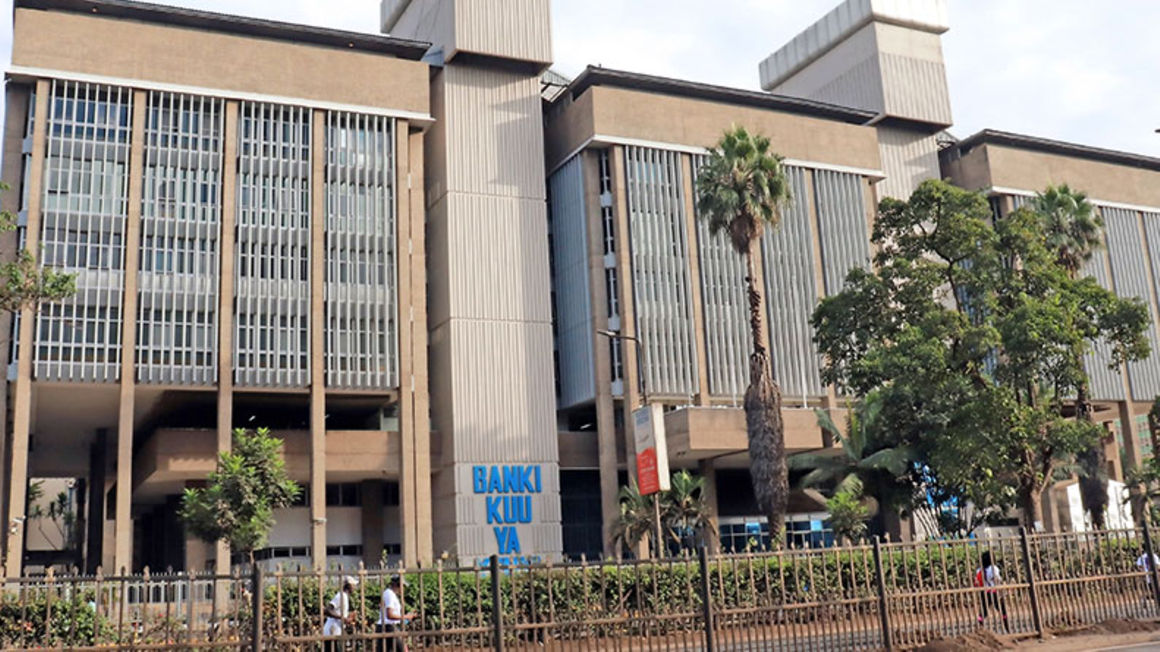
Central Bank of Kenya. FILE PHOTO | NMG
Summary
- The amount of cash circulating in people’s pockets and big business rose to an all-time of Sh233.7 billion in December as Kenyans went into the festive period.
- New data by the Central Bank of Kenya (CBK) shows that the value of currency outside the banking system has continued to defy hardships brought about by the Covid-19 pandemic.
- The Sh8.8 billion jump in money supply witnessed from November 2020 means the December level beats the previous record of Sh230 billion seen in a similar month in 2018.
The amount of cash circulating in people’s pockets and big business rose to an all-time of Sh233.7 billion in December as Kenyans went into the festive period.
New data by the Central Bank of Kenya (CBK) shows that the value of currency outside the banking system — which is an indicator of the prevailing economic activity — has continued to defy hardships brought about by the Covid-19 pandemic, rising for three consecutive months since the easing of restrictions imposed to curb the spread of the virus.
The Sh8.8 billion jump in money supply witnessed from November 2020 means the December level beats the previous record of Sh230 billion seen in a similar month in 2018.
Cash in circulation represents monetary assets in their most liquid form and is mostly held in bulk by individuals in homes and big businesses such as petrol stations, supermarkets, hardware stores and other big shops.
The CBK data shows that demand deposits — cash available for withdrawal in banks — fell by four percent (Sh62 billion) from an all-time high of Sh1.448 trillion in November to Sh1.386 trillion in December.
The fall in demand deposits indicates that people were looking to have their cash within easy reach for spending during the Christmas and New Year period and also as schools reopened.
Preference to hold physical cash is higher when people anticipate increased spending, lower interest rates, lower returns on other asset classes and in anticipation of impending economic shocks.
Returns on bank deposits and savings have taken a hit with the indicative rates falling to a five-year low of 6.2 percent and 3.42 percent respectively.
The returns have encouraged more liquid cash to leave the banking system to the pockets of individuals and businesses for investment in other portfolios promising better returns.
“Due to the pandemic, most people have opted to avoid money market funds, stocks market and other portfolios due to the uncertainties experienced during this period,” said a source.
“Most Kenyans are opting to have their cash either in their pockets or invest in government securities because of their less risk nature.”
According to the depository corporation survey, non-bank holding of government securities stood at Sh1.722 trillion in November and has been on an upward trend, increasing by Sh29.78 billion from October to cross the Sh1.7 trillion for the first time ever.
Since its reopening in July 2019, the pandemic-battered economy has proven to be resilient.
Despite the economy shrinking consecutively in the second and third quarters of last year and thousands of people losing their jobs, most metrics have painted a brighter future ahead for the country.
“Leading indicators for the Kenyan economy point to a recovery, supported largely by strong performance in agriculture, construction, resilient exports and continued recovery in manufacturing and services sectors,” the CBK Monetary Policy Committee (MPC) said in a statement three weeks ago.
“The economy is expected to rebound strongly in 2021, supported by the service sectors particularly education, manufacturing and the ongoing policy support through the government’s economic recovery plan.”
The Stanbic Bank Kenya Purchasing Managers’ Index (PMI), which measures monthly sectoral performance, has been above the 50-point mark for seven consecutive months, signifying improving health of the Kenyan economy after sinking to a three-year low of 34.8 points in April.
The PMI report — based on feedback from corporate managers in key sectors such as manufacturing, services and agriculture — shows that overall expansion in private sector activity such as output, new orders, employment and backlogs for December recovered marginally from a sharp deceleration a month earlier, largely helped by increased festive season sales.
Cash outside banks fell to a five-year low of Sh157 billion in September 2019 as a result of the Sh1000 note demonetisation, but has been rising at a slow pace since the end of the exercise early October last.





No comments :
Post a Comment